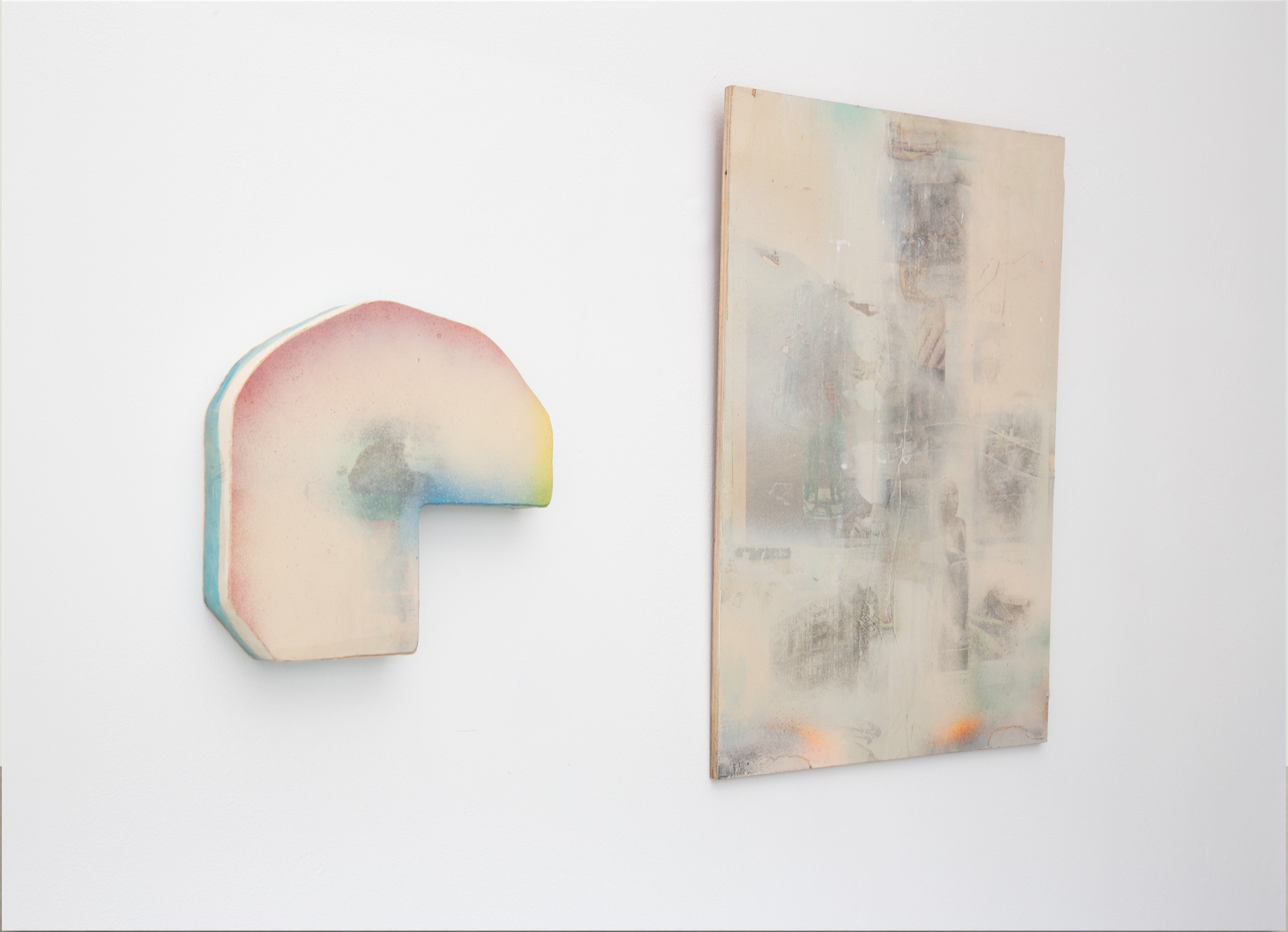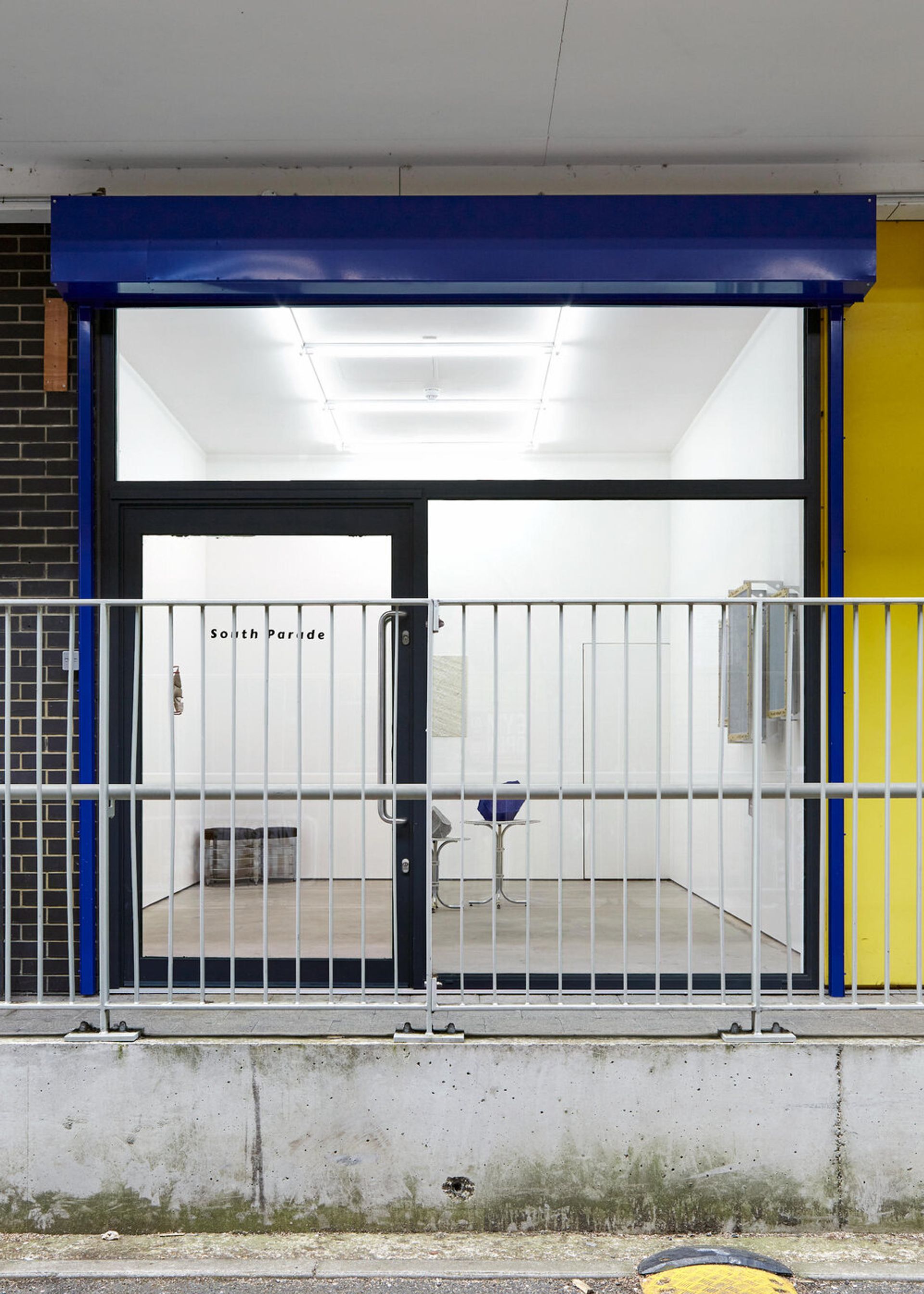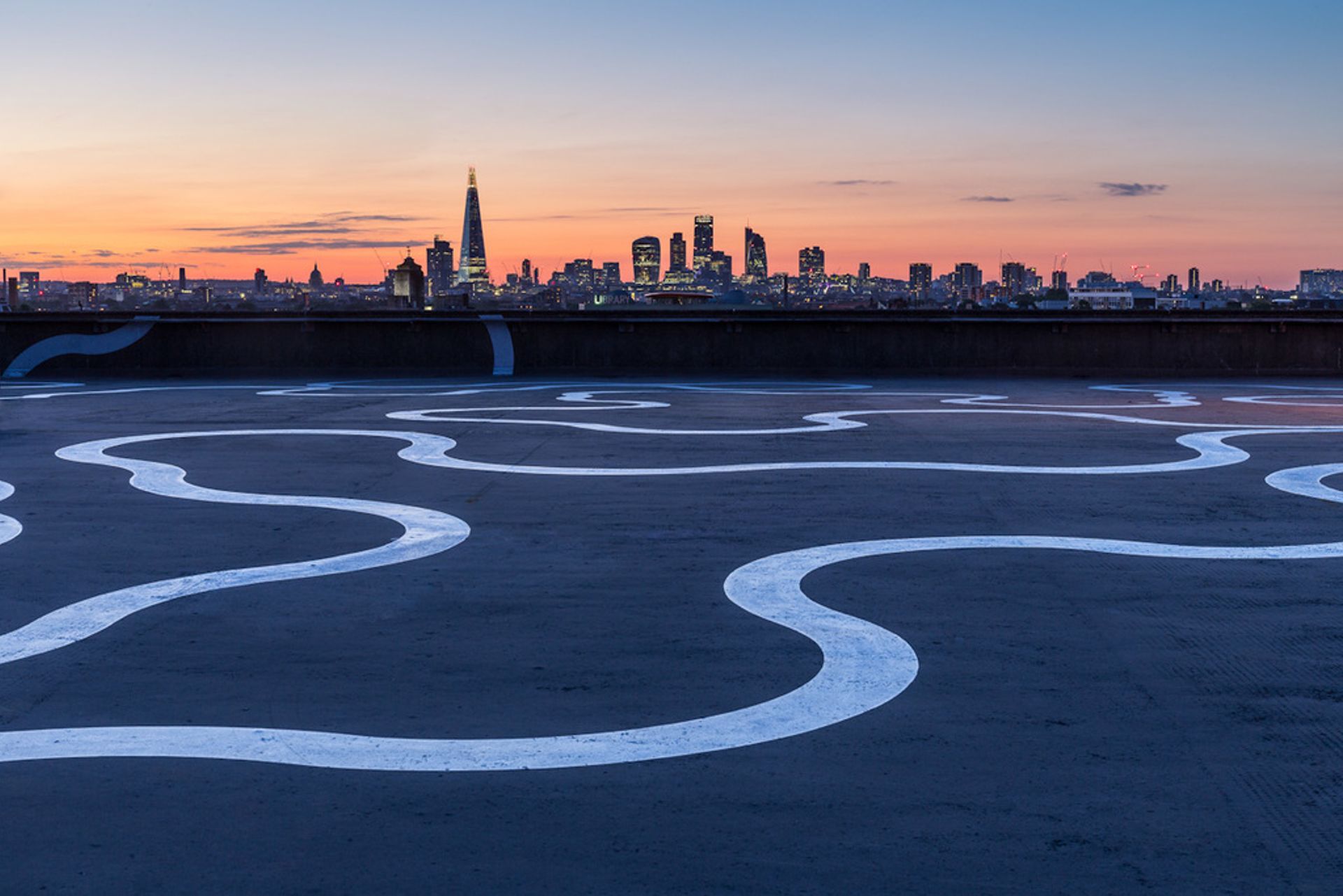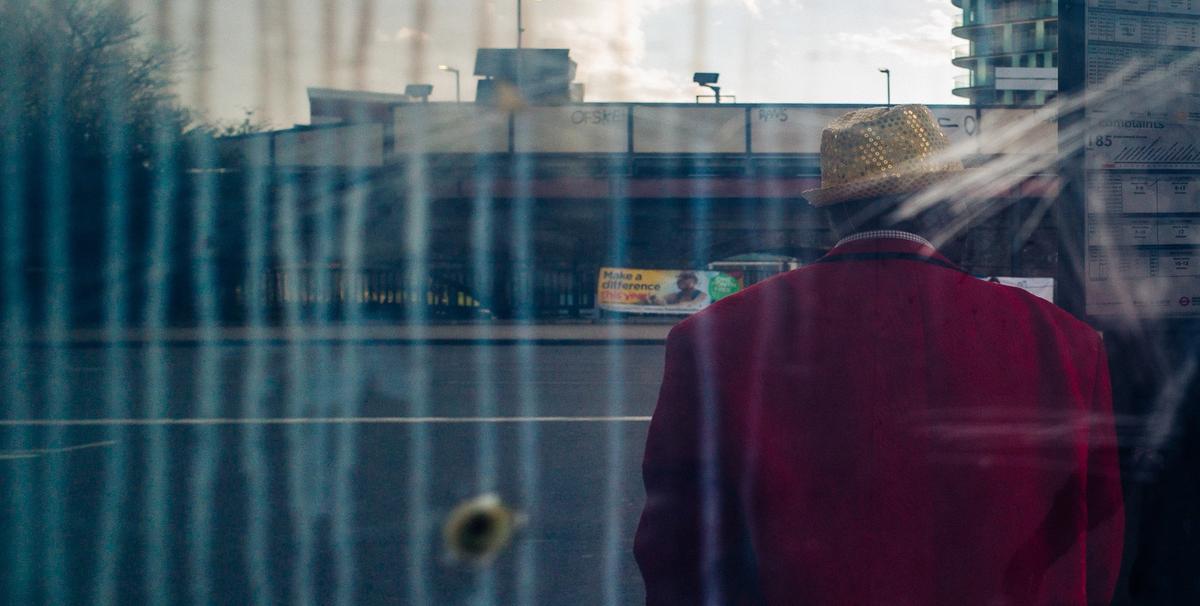Check out The Art Newspaper's guide to London Gallery Weekend for recommendations on the best exhibitions to see during the three-day event, top trends and commentary
The days when London cab drivers would not venture south of the river are well and truly over. Peckham boasts the capital’s finest Campari bar, Brixton is a foodie heaven and Deptford is fast becoming a hotbed for galleries.
Among the new kids on the block are Xxijra Hii, South Parade and VSSL studio, which all opened on Resolution Way alongside nine existing galleries collectively known as the Enclave. Several, including Castor and indigo+madder, who were among the first of the new wave of galleries to open in Deptford a few years ago, are taking part in the inaugural London Gallery Weekend (LGW), which has a different geographic focus every day; 5 June is dedicated to South London.
Spurred on to create more equitable business practices in post-pandemic life, all are redefining the role of the gallery in their own way.

Castor gallery in Deptford Image: courtesy of Castor
An artist herself, Ema O’Donovan opened Xxijra Hii (pronounced shy-rah-hi) in October, but quickly suffered two lockdowns. Unperturbed, she organised “walk-by Wednesdays” when viewers could experience Robert Pratt’s installation, for which he had turned the gallery window into a speaker using a suction device that transmitted the sound outdoors. Currently on show are new works by Stewart Cliff, who creates paintings-cum-sculptures bearing the faded imprints of found images (until 12 June).
O’Donovan’s is not a traditional gallery model. As the “sole patron” of Xxijra Hii, she awards a bursary of a few hundred pounds for every exhibition to go towards the costs of production and installation.

Stewart Cliff at Xxijra Hii is on show until 12 June Image: courtesy of Xxijra Hii
She also takes zero commission on sales. “Essentially what we wanted to do is try and give artists the means to exhibit but without any of the commercial pressures. I’m trying to flip the traditional model on its head slightly,” she says. Prices in the gallery range from £400 up to around £3,000.
O’Donovan employs a ten-strong assembly to help with programming. Some are artists, some are musicians. Others are ice cream makers. She says: “I didn’t want to run it from an autocratic position.” The assembly will change hands every year.
A few doors down is South Parade, which Isaac Simon launched in December, fully reopening once lockdown restrictions lifted in mid-April. Conceived as a project space focused on “building a consistent curatorial voice”, Simon is currently showing vibrant works by James Fuller that fuse traditional craft and mass production (until 12 June).

Perfect Living by James Fuller at South Parade Photo: © Corey Bartle-Sanderson
So why Deptford?
Apart from the relatively cheap rent, Deptford has a culturally diverse community, which is reflected in the variety of geographies, media and artists represented by its galleries. indigo+madder, for example, specialises in art from South Asia and the diaspora, while VSSL studio focuses on performance art and SEAGER on digital art.
As Simon points out, this can be beneficial for “cash rich, time poor” collectors. He says: “If they can see seven very different shows in the same neighbourhood at once, that’s an attractive prospect.” Institutions such as Goldsmiths Centre for Contemporary Art and the South London Gallery in nearby Camberwell are an additional lure. Meanwhile, Lewisham is London’s borough of culture in 2022.
Having worked in the City for seven years before opening his gallery, Simon says he is less interested in art as an asset class than exhibition-making. “Selling art is really a means to sustain the space,” he says, adding that opening when he did, at the end of a long year of online viewing rooms, was “quite fortuitous in many ways”.

Haround Hayward, A Painting for Anwar Shemza and Ellis Dee (2020, detail) Image: courtesy of indigo+madder
Of course, this is not the first time that south London has been flagged as an artistic hotbed. In 2015, Vogue ran a feature on Deptford’s neighbour Peckham becoming “London’s cultural epicentre”.
With the exposure came the issue of gentrification. In 2018, one of Peckham’s most acclaimed galleries, Arcadia Missa, left for Soho. Citing the area’s rapid development as the reason for the move, the gallery’s founder Rózsa Farkas said at the time: “Having grown up in Peckham I have witnessed massive changes, in particular in recent years… for reasons beyond how much more accessible central London is for many visitors, it is time to go. I am against gentrification, and this has left me constantly conflicted in my position as a gallery owner.”
Irina Bourmistrova, who founded SEAGER in 2018, recalls how, when she moved from Brixton to Peckham in the late 1990s, it was still a “no-go area”. She says: “I tried to invite my fellow students at Sotheby’s to visit Peckham but no one ever dared.”

Bold Tendencies in Peckham Image: courtesy of Bold Tendencies
Around a decade later, the pioneering Hannah Barry opened her first gallery in Peckham. Barry also runs Bold Tendencies, a summer art programme on the roof of a ten-storey parking lot, which spearheaded the transformation of Peckham. “That all happened in front of my eyes, it was a real game-changer,” Bourmistrova says.
Now the gallerist, who is showing works by Sofia Albina Novikoff Unger (until 6 June; digital prints priced at £1,400), says there is never a problem with footfall. “Openings are always full of young people from Goldsmiths and beyond.”
The art world has a tendency to latch onto “the next big thing”, and while south London may have fallen foul of this fickleness in the past, the nurturing spirit emerging in Deptford is indicative of a new, fairer way of doing business post-pandemic. This writer really hopes it's here to stay.
Check out The Art Newspaper's guide to London Gallery Weekend for recommendations on the best exhibitions to see during the three-day event, top trends and commentary
The Art Newspaper is an official media partner of London Gallery Weekend


